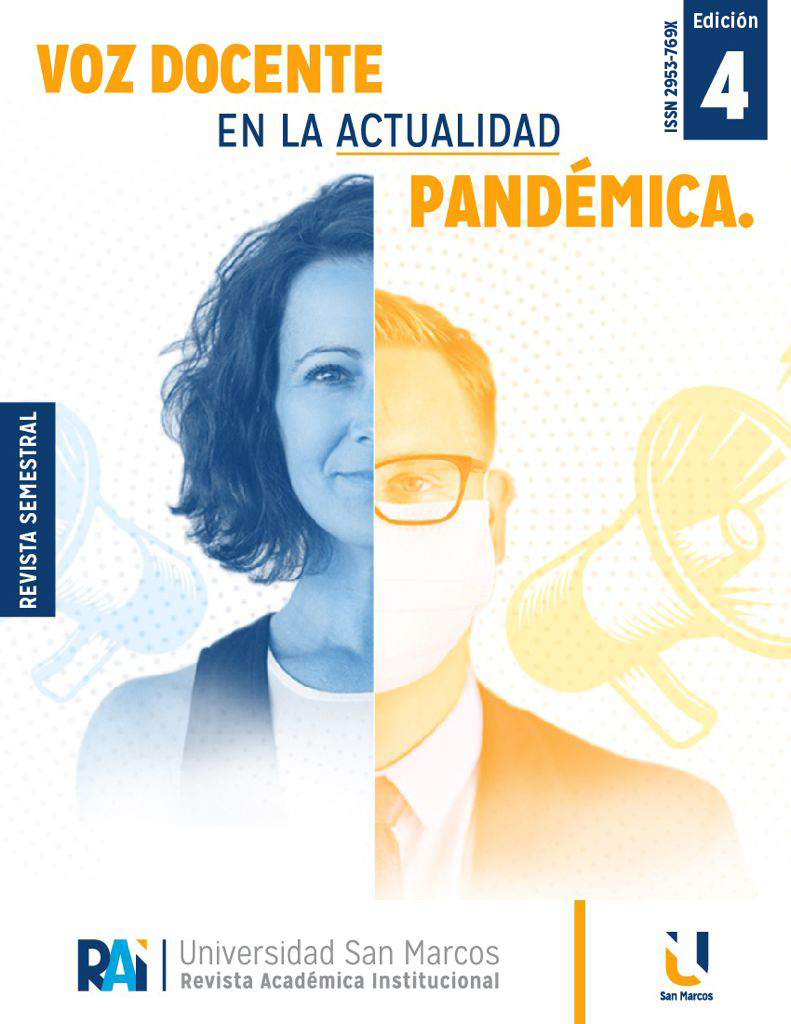Procedimiento metodológico
Resumen
Una vez definidos el marco teórico y el de hipótesis se debe proceder con el marco metodológico. Este se refiere al ¿cómo se desarrollará la investigación?, es decir, en este se explica el tipo de investigación, el paradigma a seguir, el enfoque de la investigación adoptado y las técnicas a emplear. Según Barrantes, el marco metodológico es la parte de la investigación que “da validez al estudio, la que demuestra la profundidad con que se realizó la investigación…”.
Descargas
Descargas
Publicado
Número
Sección
Licencia
Derechos de autor 2021 Revista Académica Institucional

Esta obra está bajo una licencia internacional Creative Commons Atribución-NoComercial-SinDerivadas 4.0.






